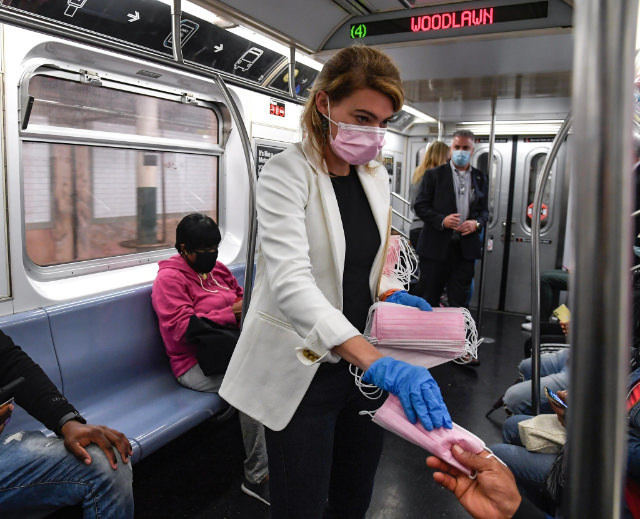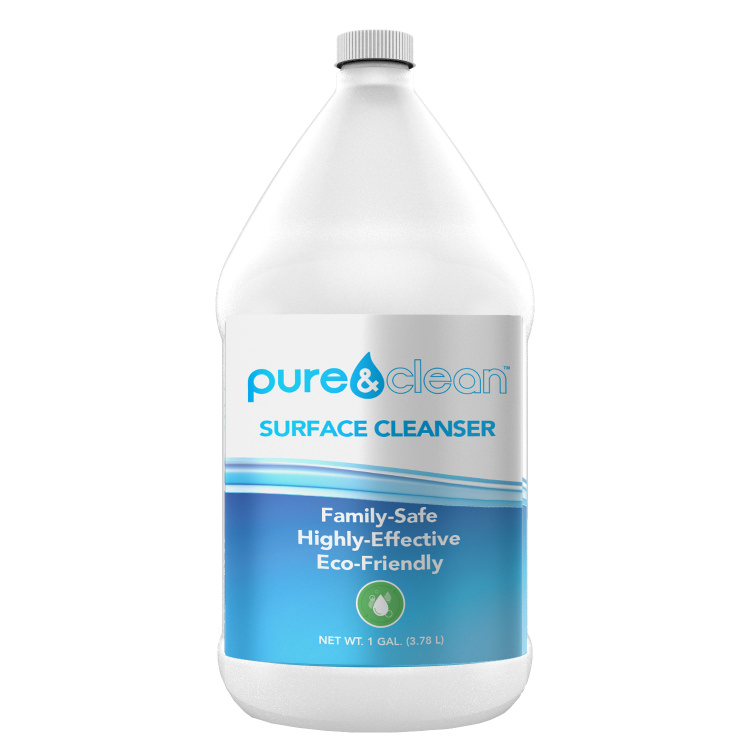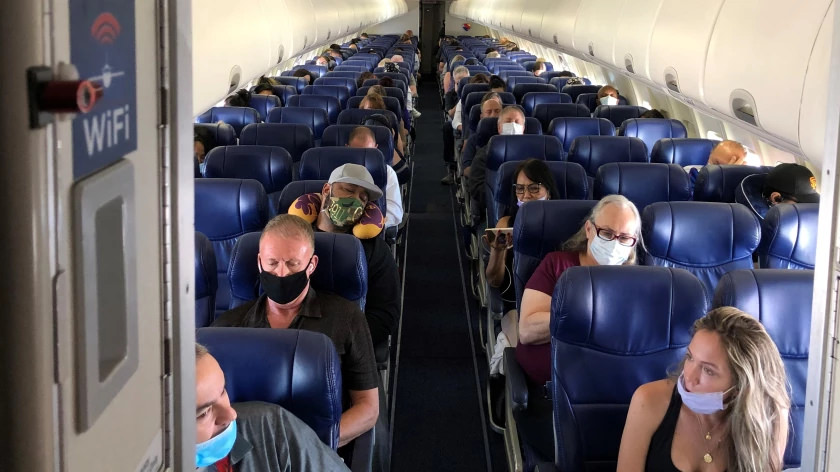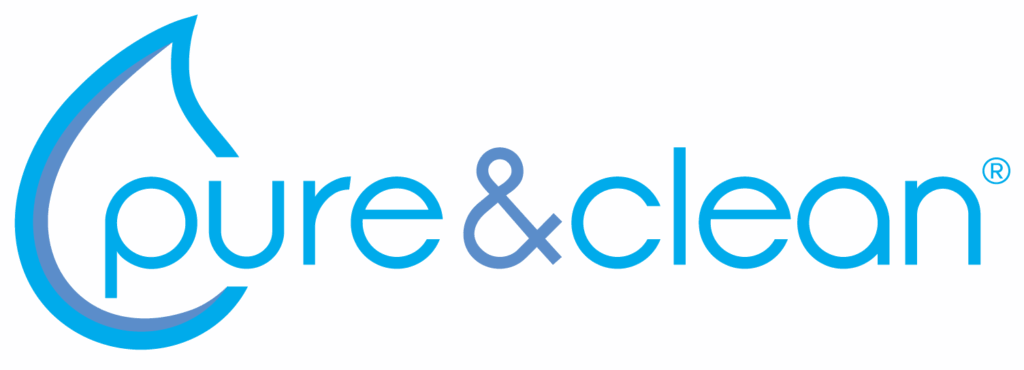Transportation

Pure&Clean® for Public Transport
Safe for Passenger and Railway Workers
The Case for Hypochlorous Acid for Public Transport
COVID-19 (SARS-CoV-2) is causing a high risk to the global population due to its highly contagious properties. The SARS-CoV-2 is a new variant in the coronavirus family.
Public transport officials are searching for methods to win the battle against this novel coronavirus, including control of its spread.
Why Bleach is a Bad Choice for Public Transport
Hospitals, health-care facilities, public places, food manufacturing units, sanitary services, etc., regularly use chemical disinfectants to eradicate microbial organisms.
However, the material safety data for several virucidal chemicals do not allow their use through spraying or fogging, owing to their toxicity and their adverse effect on humans, causing ill-health depending on the duration of exposure and concentration of the sprays.
Bleach (sodium hypochlorite) and hypochlorous acid (HOCl) are the most popular disinfectants for cleaning surfaces and fogging applications in a hospital environment.
However, bleach (sodium hypochlorite) has some drawbacks, including its inactivation in organic matter, corrosive nature to several metals, and residue left on surfaces. It is also not accepted for fogging on human beings since it causes mild to severe irritation to the skin, throat, and eyes (Peck et al., 2011). Therefore, it requires PPE even to the person carrying out the fumigation.
Hypochlorous Acid is the Best Choice for Public Transport
Hypochlorous acid (HOCl) is the most effective chemical against pathogens, while it is 100% safe because it is chemical-free, non-toxic, and natural (Rahman et al., 2016).
Applications of aqueous solutions containing approximately 30–2500 ppm HOCl extend to various areas, including wound care, dental care, and as antimicrobial and virucidal agents (Park 2007).
HOCl is also used widely for disinfecting hospitals, water treatment, food sanitization, hard surface disinfection, healing wounds, oil drilling, and cosmetics. It has been used in the medical field for over a century, even before antibiotics were available.
HOCl targets bacteria or viruses by chemically linking chlorine atoms to nucleotide bases that disrupt the function of bacterial DNA, impede metabolic pathways in which cells use enzymes to oxidize nutrients, and release energy and other membrane-associated activities.

Pure&Clean® Surface Cleanser
Family-Safe, Highly-Effective, Eco-Friendly, 200ppm HOCl
What is special about Pure&Clean® Surface Cleanser? It’s safe and effective. Traditional products require you choose an eco-friendly option that doesn’t work well or choose a product with harsh chemicals that pose dangers to our health. Pure&Clean® Surface Cleanser is the answer!
NON-TOXIC – NO Harsh Chemicals – NO Alcohol – NO Bleach!
Pure&Clean® Surface Cleanser utilizes a stabilized formula to obtain a balanced pH and is safe for use on surfaces where cleanliness is important. There’s no better product for keeping your life safe at home, work, or on the go. With our Surface Cleanser, you don’t expose the ones you love to harsh, toxic chemicals.
All-natural ingredients and developed from Hypochlorous Acid (HOCI). HOCl is not toxic to cells and is effective against all pathogens listed on the label. HOCl occurs naturally as a compound produced in the white blood cells of humans and mammals to fight bacteria and inflammation after infection or trauma.

![]()

